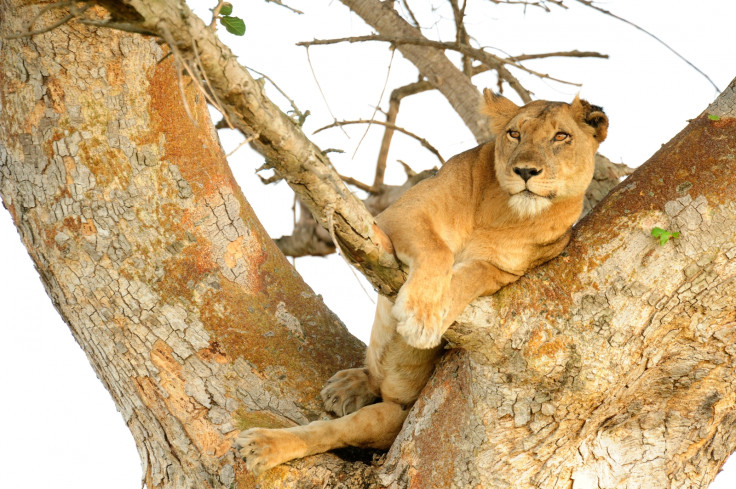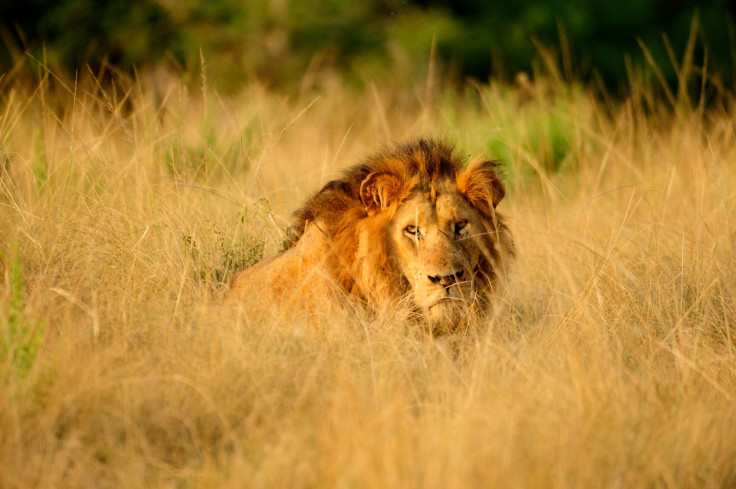Uganda's iconic tree-climbing lions forced out in search for food
The lions are an important tourism attraction for Uganda.
The iconic tree-climbing lions of Uganda are now forced to roam farther to look for food, as the number of prey they like to hunt continues to decline, scientists have said. Their findings highlight that to protect lions, conservationists should also focus on protecting their prey and habitat.
It is very rare for African lions to climb trees. The behaviour has been mostly observed in two populations - in the Lake Manyara National Park in Southern Tanzania and in the Ishasha district in Uganda (in the Queen Elizabeth National Park) within Uganda. Why these animals climb trees is unclear, but it could be a way of escaping the heat or the bites of tsetse flies on the ground.
The study, now published in the Journal of East African Natural History focuses on the Uganda population. Scientists looked at data about the home range of tree-climbing lions living in Ishasha district, published in the 1970s. They then compared this with more recent data to measure changes to home range sizes over the last decades.
Their main conclusion was that the home ranges of tree-climbing lion increased in size over time as a result of the big cats having to move around to find new prey.
"Where lions have been studied, research has shown that there is a strong correlation between low lion density and low prey density. We show that in the Queen Elizabeth National Park, lions have increased their home range to compensate for a loss of prey", study author Andrew Plumptre (Wildlife Conservation Society) told IBTimes UK.
The lions also appear to have organised themselves in smaller pride sizes. This likely has an impact on their ability to hunt larger, more challenging prey, such as the Cape Buffalo.
African lions in other areas often prey on these very large animals. However, the Uganda tree-climbing lions in the Ishasha district tend to avoid them, probably because there is fewer of them each pride to help bring the big herbivores down.

The study thus highlights the effects that declining prey number can have on lions' behaviours, and how vulnerable they are. In a separate study published this week, scientists have shown that loss of prey was an important factor to explain the decline of big cats.
"Our study shows that to protect lions we also need to focus on their prey base. Lions will adjust their range to be able to continue their kills, but they can only do that if they have enough habitat", Plumptre said.


In Uganda, a loss of tree-climbing lions could also have negative impact on tourism in the region.
"The tree-climbing lions of Ishasha are an important ecotourism draw for the country, yet these big cats are starting to decline in number," said Simon Nampindo, Director of the Wildlife Conservation Society's Uganda Program. "One way to ensure a future for lions in Uganda would be to invest in increasing prey density in Queen Elizabeth National Park while protecting the important grassland and open woodland habitat that the lions rely upon."
© Copyright IBTimes 2025. All rights reserved.






















